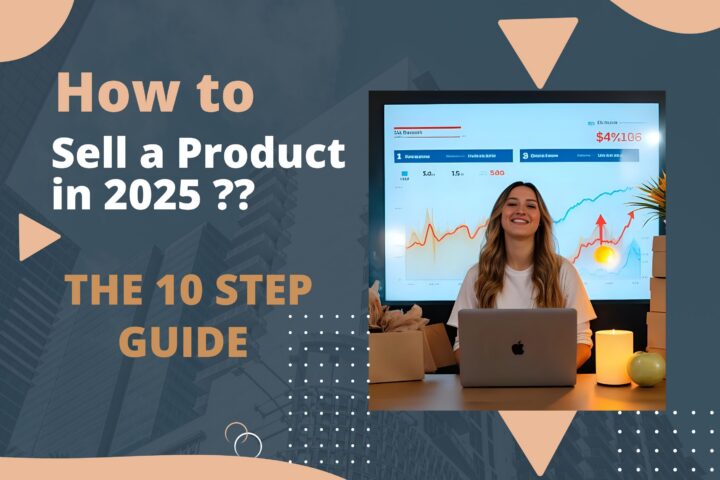Running a startup can be challenging, with many things to consider if you want to be successful. Aside from focusing on how you run your business, you’ll also need to consider the competition. As an emerging startup, being aware of who your competition is and what they offer is vital. You’ll need to closely look at any other company within the same market and see which similarities their business model shares with yours. You should also look at what sets them apart and what you can do better.
To be successful, your startup needs to deliver better results than competing businesses. Achieving this is known as a competitive advantage, and allows you to dominate the market and create more revenue. The key to creating a long-lasting competitive advantage is to build the right strategy. Your startup can benefit significantly from a competitive strategy that ensures you can outperform any rival companies within the same market. Here’s how you can do it.
What is a Competitive Strategy
A competitive strategy is a long-term action plan, which is intended to give a company a competitive edge over its rivals. This strategy is formulated by considering the main strengths and weaknesses of rival companies and comparing them to those of your own startup. It should also consider the industry-specific opportunities and threats within the market and how they relate to your business plan. You can learn more about this with a competitive strategy certificate, studying how to leverage your startup’s resources to create the biggest impact.
This competitive strategy plan is intended to increase the output of a company above the industry average and produce a higher Return on Investment (ROI). This tactic is crucial for businesses when there is competition in the market and a wide range of similar products available to customers. The more competitive an industry is, the more need there is for a strong and effective competitive strategy.
Advantages of a Competitive Strategy
The main advantage of a competitive strategy is to create a competitive advantage. This is an edge over competing businesses within the same market, allowing your startup to produce better results. However, a competitive advantage needs to be maintained over time in order to produce long-term results.
The right competitive strategy will ensure a company is consistently producing better results than its competitors. With an effective competitive strategy, your startup can benefit from increased revenue and greater brand loyalty from customers. It can also attract more customers overall, helping your startup to grow and make revenue streams more predictable too.
How to Implement the Right Competitive Strategy for Your Startup
There are three main types of competitive strategy, needs-based, variety-based and access-based. Each has a different formula for startups to use depending on their strengths, weaknesses, resources and opportunities.
- Needs-Based Strategy – A needs-based competitive strategy focusing on the needs of potential customers and how to fulfil them. This type of strategy looks to understand individual customers and deliver a high-quality product or service that is built around their needs. Through this strategy, your startup can maximise the value of each customer and gain a higher degree of brand loyalty.
- Variety-Based Strategy – Startups that use a variety-based competitive strategy look to offer a wider range of goods or services, increasing the number of options it has to offer and being active throughout an entire industry. This also gives the startup a chance to specialise in specific areas later on and helps it to lower costs and achieve greater innovation.
- Access-Based Strategy – The final competitive strategy is access-based, providing tailored goods or services to different customers based on their access. This could be related to geographic or technological access. As although customers might have the same needs, their access will affect how easy it is for them to use a product or service.










